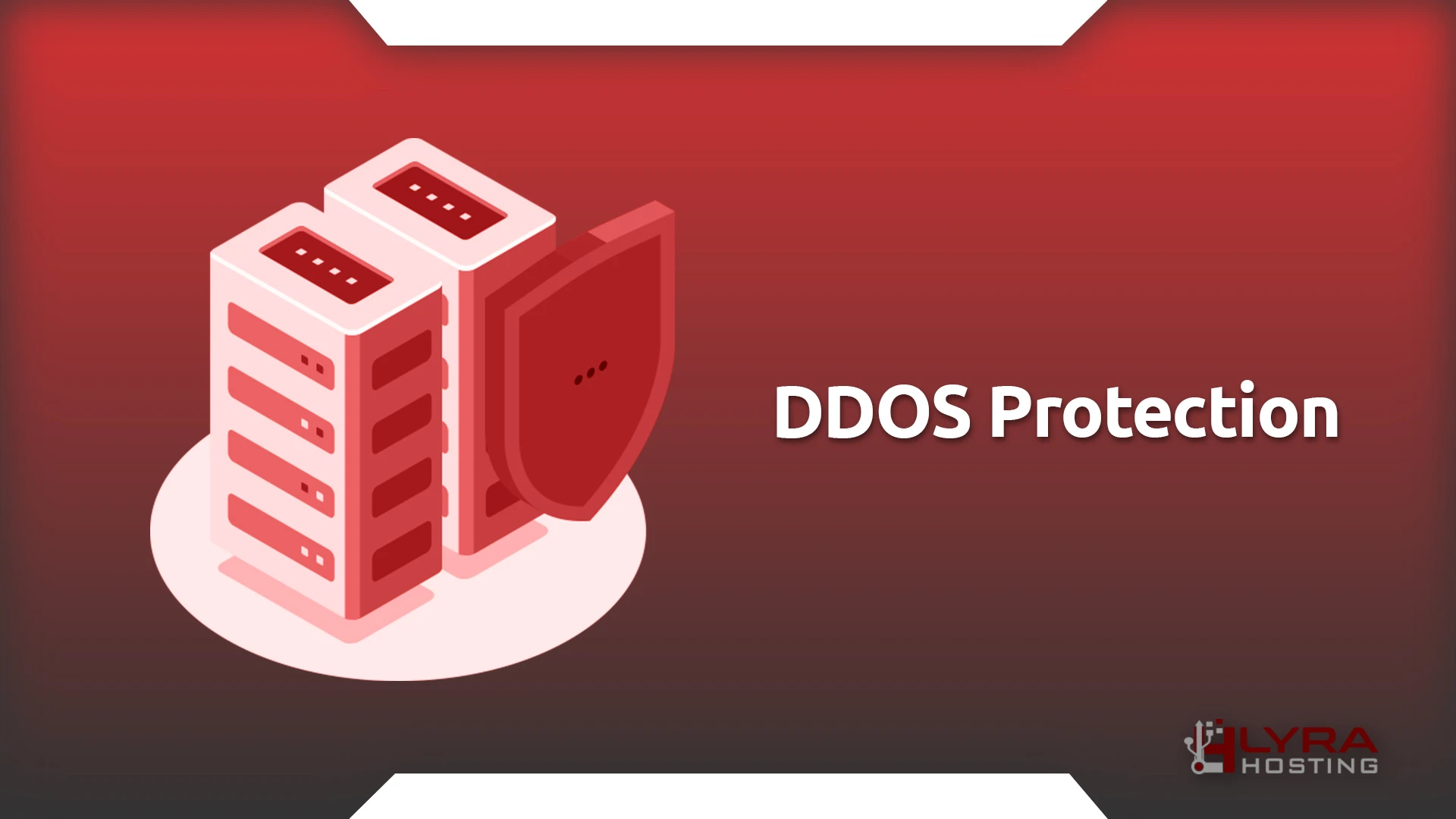Securing Your VPS with DDoS Protection

In a world where digital presence is no longer a luxury but a necessity, the security and performance of your online assets are essential.
The realm of web hosting presents a myriad of options, yet among them, the choice of a Virtual Private Server (VPS) garners notable attention. It stands out in its autonomy and resource availability but also offers enhanced security, especially when armored with DDoS protection.
DDoS attacks act as a relentless tide aimed to overwhelm and incapacitate the targeted server or network. In fact, these malicious events have been growing both in frequency and complexity over the years, rendering many traditional security measures obsolete.
By combining a VPS with DDoS protection, we can put a stop to this. This duo will stand as a bulwark against the tumultuous waves of online attacks and ensure the smooth sailing of your online business amidst the stormy seas of the digital world.
In this article, we will explore how DDoS attacks work and offer an effective solution for you to help you protect your online business.
What Is a VPS?
A Virtual Private Server (VPS) is like a digital apartment. It’s a partitioned section of a physical server that operates independently, possessing its own Operating System (OS), bandwidth, and disk space.
Unlike shared hosting, where resources are shared among all users on the same server, a VPS guarantees the allocation of dedicated resources, ensuring optimal performance even during traffic surges.
This isolation also enhances security as one user’s issues do not affect others on the same server. Furthermore, a VPS offers better control and customization, allowing users to install applications and scripts that would usually not be allowed on shared hosting platforms.
What Is a DDoS Attack?
A Distributed Denial of Service (DDoS) attack is a malicious endeavor aimed at disrupting the normal functioning of a targeted server, service, or network. It’s achieved by overwhelming the target or its surrounding infrastructure with a massive volume of traffic, rendering it inaccessible.
DDoS attacks can be motivated by several things, from rivalry and revenge to activism and extortion. The ramifications can be severe, causing substantial downtime, financial loss, and reputational damage. Given the escalating frequency and sophistication of DDoS attacks, having a mitigation strategy is indispensable.
DDoS Protection Explained
DDoS protection is a suite of techniques employed to withstand or mitigate the effects of DDoS attacks. When paired with a VPS, it acts as a robust shield, scrutinizing incoming traffic to distinguish between legitimate and malicious requests. The legitimate traffic is allowed through, while malicious traffic is blocked or redirected, ensuring the seamless operation of the server.
Various hosting providers offer DDoS protection as an integral part of their VPS services. They employ sophisticated algorithms and real-time monitoring systems to detect and mitigate DDoS attacks, often before they reach the server.
However, the level of protection can vary greatly, with more advanced setups capable of withstanding extremely high levels of traffic and more sophisticated, multi-vector attacks.
The Benefits of DDoS Protection
DDoS protection goes beyond merely maintaining uptime. It’s about safeguarding business continuity, user experience, and brand reputation.
Here are some notable benefits of this solution.
Uptime Assurance: By filtering out malicious traffic, DDoS protection ensures that your services remain accessible to legitimate users at all times.
Financial Savings: The financial repercussions of a DDoS attack can be monumental. DDoS protection is a preventative measure that can save significant resources in the long run.
Preserving Reputation: A successful DDoS attack can tarnish a brand’s reputation, making users hesitant to return. DDoS protection helps in maintaining the trust and confidence of your user base.
Compliance and Legal Preparedness: Certain industries require stringent data protection measures. DDoS protection aids in compliance with such regulatory standards, potentially averting legal complications.
Resource Optimization: With DDoS protection, your IT team can focus on core operations rather than dealing with constant threats or optimizing resource utilization.
How DDoS Protection Works
DDoS protection operates on several fronts to thwart malicious traffic. Initially, it employs traffic filtering, identifying and separating legitimate traffic from malicious requests based on attributes like IP reputation, traffic patterns, and protocol verification. More advanced DDoS protection systems use behavioral analytics to discern even sophisticated, previously unseen attack patterns.
Once malicious traffic is identified, it’s either blocked or rerouted to a different service for analysis, where it’s filtered before being sent back to the server. This multi-tiered approach ensures that only clean, legitimate traffic reaches your VPS, maintaining service availability even during a DDoS attack.
Final Words
Running an online business of any kind requires a fortified foundation, and opting for a VPS with DDoS protection is a great way to get started. This combination provides a secure, reliable, and high-performance environment, crucial for individuals and businesses to thrive online amidst an ever-evolving threat landscape.
The initial investment in securing a VPS with DDoS protection pays dividends by averting potential downtimes and preserving your online integrity and reputation.
Get LyraShield Premium Anti-DDoS Protection
If you’re looking for a VPS with DDoS protection, Lyra Hosting has got you covered.
LyraShield Anti-DDoS Protection is the result of the merger between our reverse proxy that protects Layer 7 attacks and a new IP DDoS protection technology capable of mitigating the most dangerous Layer 3 and Layer 4 attacks. Based on clean traffic, this solution is capable of mitigating up to 1.5Tbps (250Mpps).
LyraShield protects you from a whole host of threats, including, but not limited to, the following.
Cross-site forgery, cross-site-scripting, and SQL injection
Land, Fraggle, Smurf, WinNuke, Ping of Death, Teardrop, and TCP error flag attacks
HTTP GET flood, HTTP POST flood, HTTP slow header, HTTP slow post, HTTPS flood, SSL DoS/DDoS, WordPress reflection amplification, RUDY, and LOIC attacks
Address and port scanning attacks and attacks using tracert packets and IP options, such as IP source route, timestamp, and record route
DNS query flood, DNS reply flood, and DNS cache poisoning attacks








